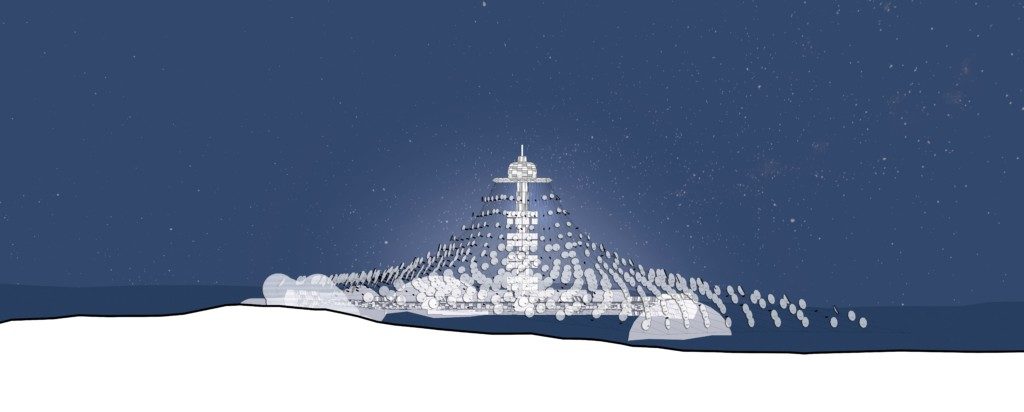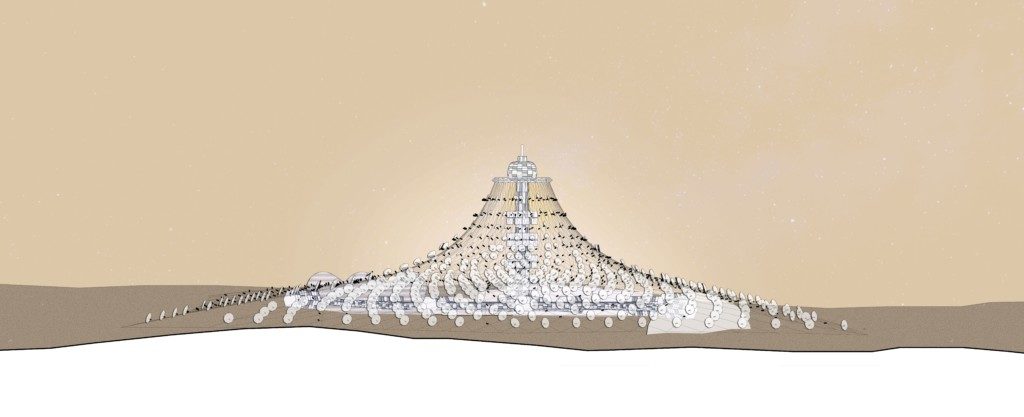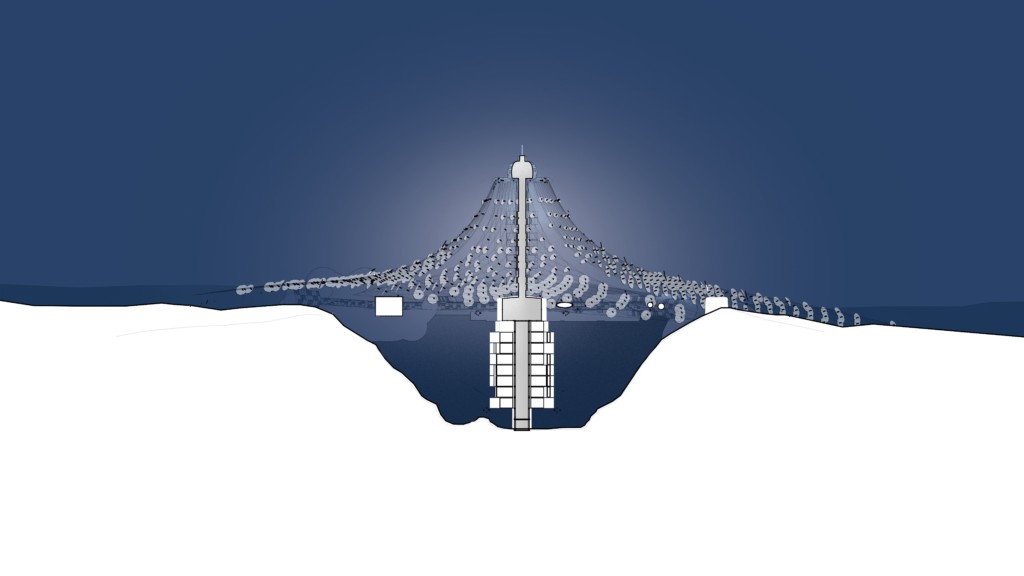LUNAR TOTEM
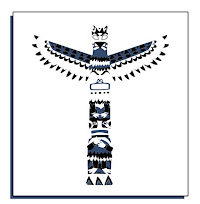
Life support system as the sacred element;
an emblem of a group of people in an environment
where there is no nature to worship
Lunar Totem is our final studio project, an infrastructure system for a lunar colony that grows from 6 to 144 people. The system contains a master plan of the colony its life support, power generation and network of connections though which each facility is linked. The blog describes the process from site selection to designing of each aspect taking into account the four expected stages in through which the base grows.
Our concept is imbedded in idea of place making beyond the functionality of the system we wanted the system to embody a sense of sacredness as this system protects the inhabitants from harshness of space, it keeps them alive and creates opportunities for them to thrive. Introducing Lunar Totem
THE TASK

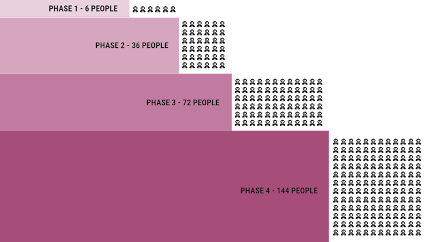
To develop an a lunar base that grows in phases from 0 to 4 – incorporating infrastructure , life support , living , working, recreation, sports and greenhouse systems for a group of people that starts from 6 up to 144
 The variety of tasks the Infrastructure process entails
The variety of tasks the Infrastructure process entails
ORGANIZATIONAL SYSTEM
Totem as architectural archetype
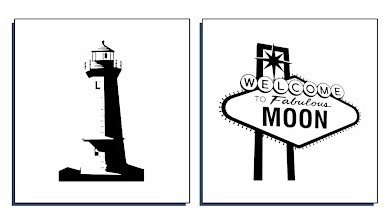
Both the lighthouse and the welcome sign for the new selenites. Will it become the first architectural landmark on the moon?

Centralized system as the most democratic way to cover and supply every module needs
MOON
Surface temperature: -173°C , to 127°C
Average distance from Earth: 384,400km
Gravity: 1.6 m/s2, or 16% that of Earth’s
Solar day: 29.5 Earth days
Sunlight angle : various – 30 Max
Atmosphere: Negligible
Radiation : Hazardous
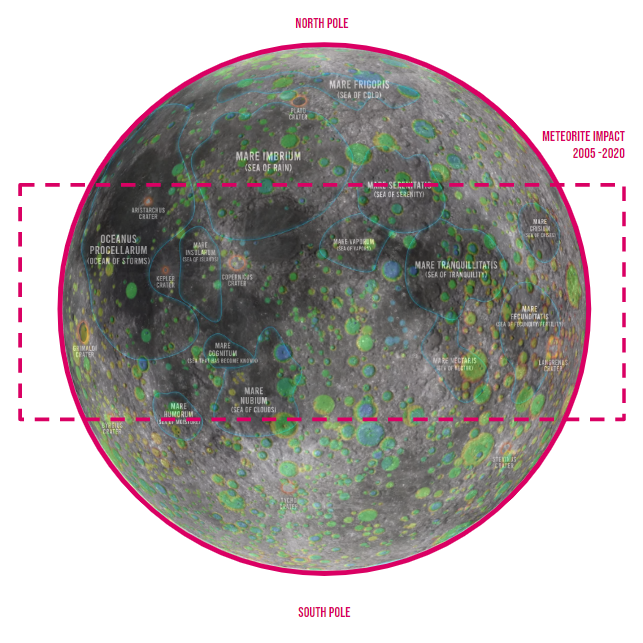
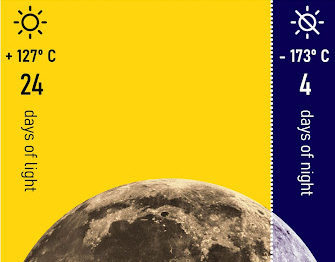
Challenges for Lunar base
- Lack of atmosphere
- Water not in liquid form
- Extreme temperature differences
- High level of radiation – solar flares + solar wind
- Low gravity
- Frequent meteoroid impact
- Moon dust
- Life sustaining resources not readily available
- Isolated – far away from earth to rely on immediate help
Why Lunar south pole ? Why inside a crater ?

Reasons for locating on lunar south pole
Advantages:
- Access to Water
- Sunlight (shorter moon night)
- Access to Far and Near Side of the Moon (which means research on their differing crusts)
- Proximity to a flat landing
- Earth Visibility
- Existence of Lava tubes
- Lava tubes of different size
Disadvantages:
- Poor Communication with Earth
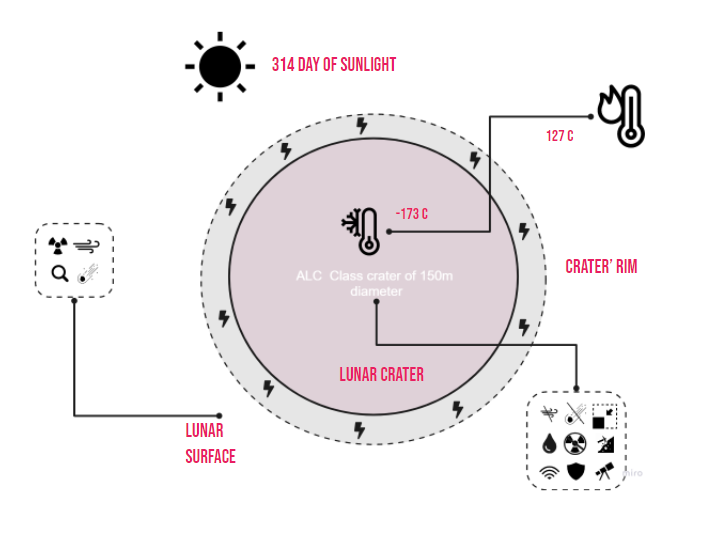
Reasons for locating inside a crater
A crater at the Polar region
- casts a shadow which would protect the astronauts from solar wind & radiation
- ample sunlight at rims to power settlement
- directing the light to melt ice water
- direct communication with earth due to alignment
- Smaller probability of meteorites impact
- Existence of water in the perpetual shadow bottom
- Natural protection of our resources
- Vertical machine where mine resources in vertical
- And distribute them in horizontal
DIMENSIONS OF THE CRATER 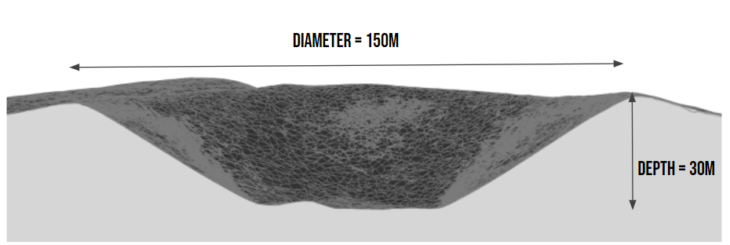
THREE PARTS OF THE INFRASTRUCTURE
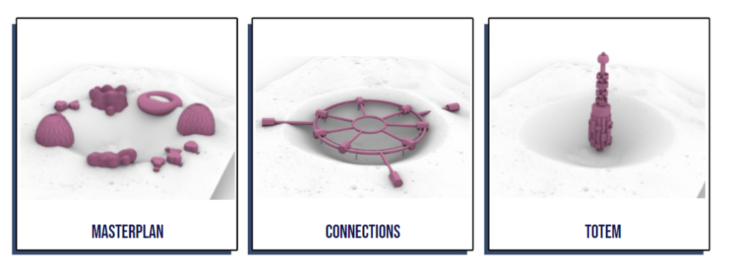
MASTERPLAN
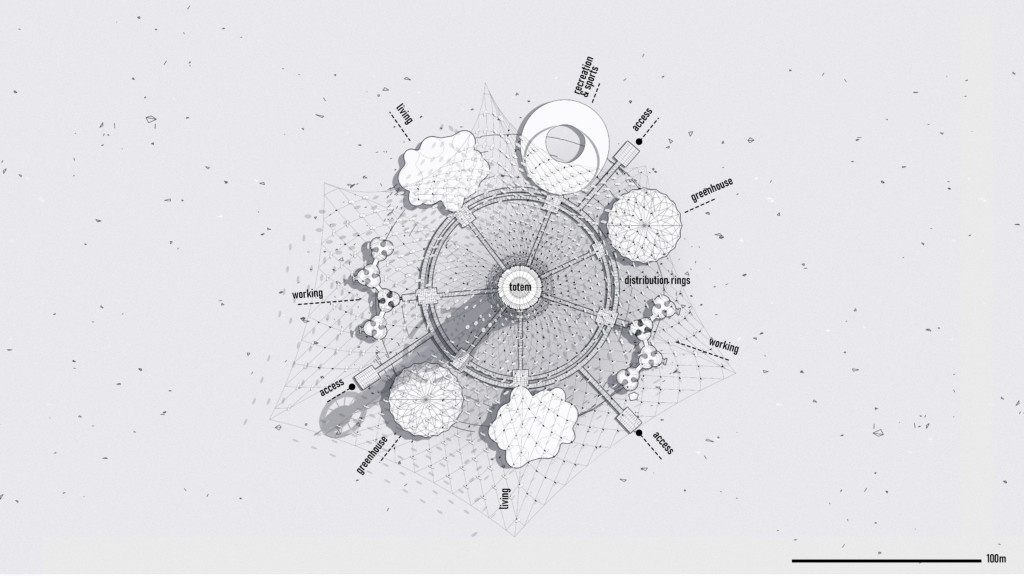
At The Edge Of A Crater
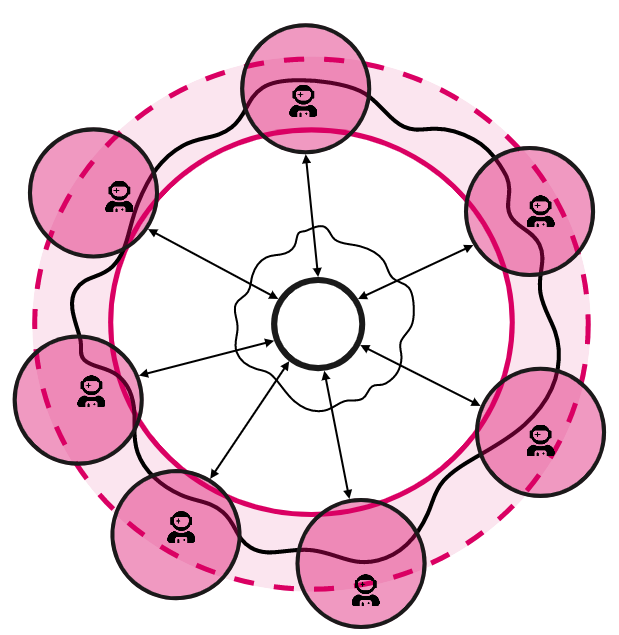
Selectable access to solar radiation
Due to horizontal sunlight modules can choose availability
Growing system
Some modules grow vertically while others horizontally
Connection to resources
All the modules should be connected with totem
Districts
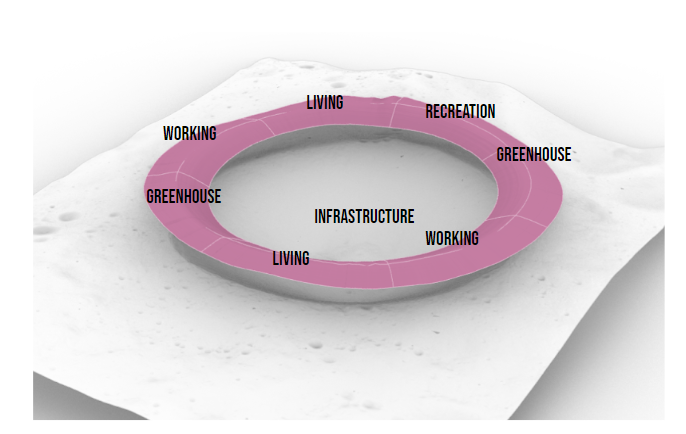
Crater edge divided into 7 districts, putting infrastructure at the center. Good circulation between modules
Growth Pattern
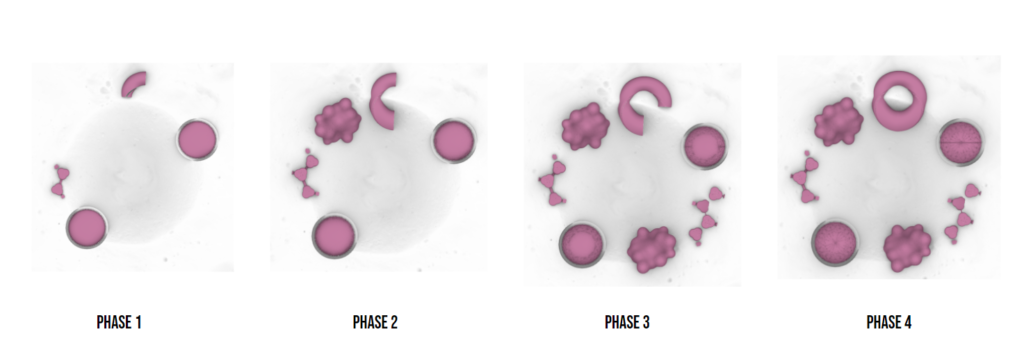
Modules around the edge of the crater will have complicated function by growth and not only replicating their functions
LIFE SUPPORT
The complex network of interconnected systems and resources that are essential to the life support system needed for a functioning lunar base

Our Approach focuses on food and waste , regolith and building materials , oxygen and water
Strategy

The Totem houses the lunar base’s life support system along with its resources extraction , storage and power generation becoming the colonies symbolic and literal heart. the canopy of solar cells envelopes the other functions of the base visually shielding from the harsh lunar environment. similar to a tree its structure houses and stores vital life-support systems each connect via bridges and at base oxygen water regolith and other resources are collected for bases use.
Storage of resources
In-Situ Resource Utilization – NASA estimates the following resource requirement
6 people – 400 m2 (STORAGE)
150 people – 10000 m2 (STORAGE)
Totem acts as a place that stores these vital resources and as the base grows the totem starts to change the empty slots begins to slowly disappears

Power Generation
The base is powered through two sources Nuclear and solar . Nuclear plant powers and supports the life support system making sure the base’s vital components have power regardless of the time of the day while solar power caters to the running of the base and handing the production of oxygen and other resource. Two powers sources provides redundancy to the system an essential aspect when designing on the lunar surface.

PV Solar Array Requirement
6 People – 400 m2
150 people – 10000 m2

The four phases though which batteries populate the totem structure
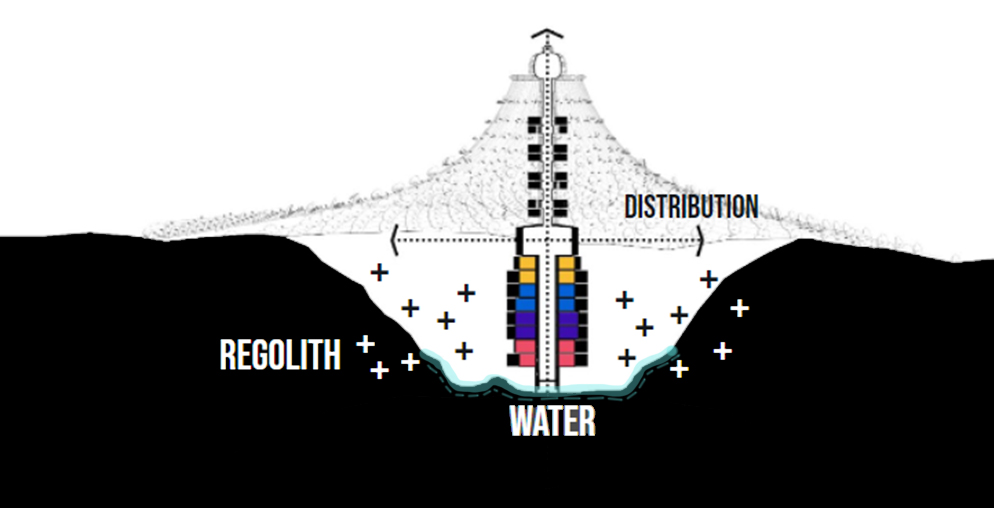


Growth Pattern

animation show the the growth of the totem
CONNECTIONS
Goals
To design a system that is efficient yet flexibility allowing the user to connect at their own pace
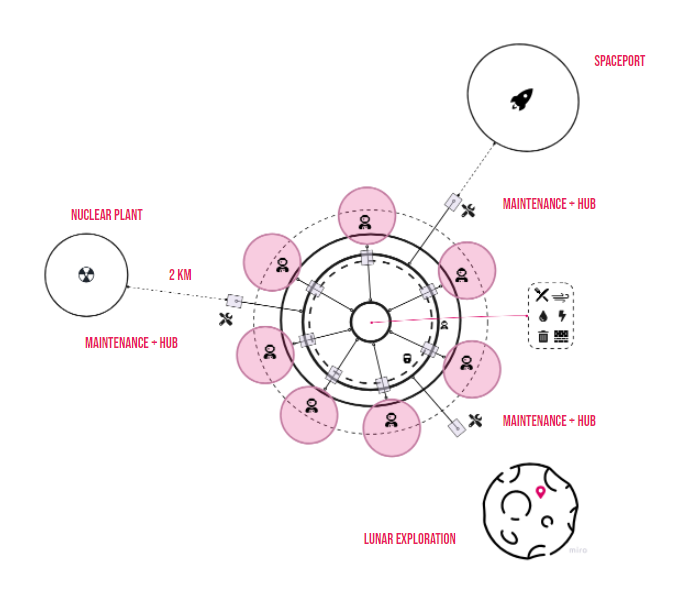
Strategies
- central ring around the totem
- The ring is connected with modules through bridges which also connect them to the resources
- Two inner rings one with a high speed rail and other a pedestrian corridor
- Each module is linked with these rings through a hub that acts as a stop for the rail
- Three exit corridors are linked to the pedestrian corridor which is connected to the maintenance hub
- Pods on the rail transport supplies and people
Bridges + Rail +corridor + ducts
Inner Ring – Quantum Levitation Rail System
Goals
- Provide a fast method of traveling in between modules to minimize solar radiation
- Provide supplies , maintenance emergency services to modules
- Low energy and maintenance method of connecting ( moon dust)

Features
- speed of similar systems on earth = 19 m/s
- the Circumference of the crater is 472m it around 25s to make a round trip
- Quantum levitation needs around -190C to operate – moon’s craters are around -170C
- Major energy drain on earth is drag. Moon has no air
- two PODS able to carry 36 people each / storage
Bridge Design

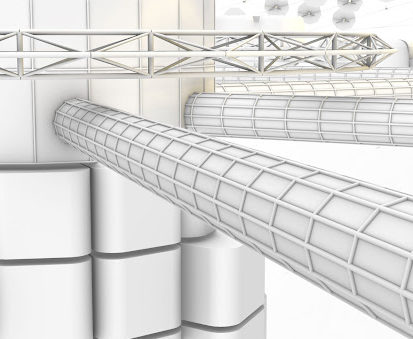
Growth Pattern
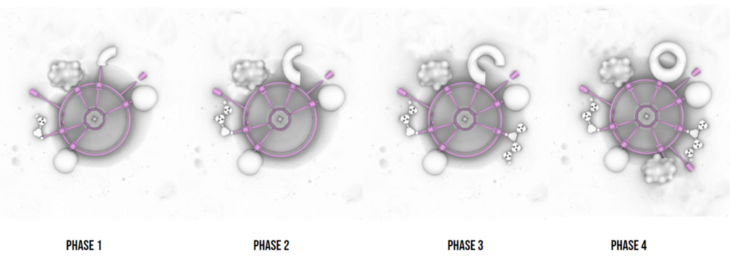
ELEVATIONS
SECTION
WEB INTERFACE
growth of the lunar habitat from Phase 1 to Phase 4
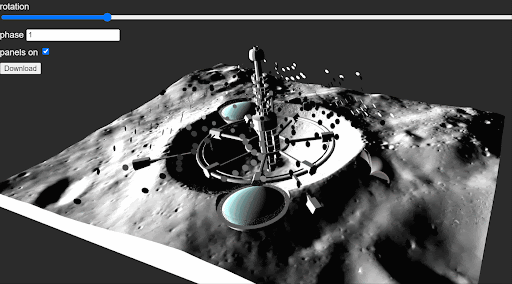
Rotation of the sun around the lunar base
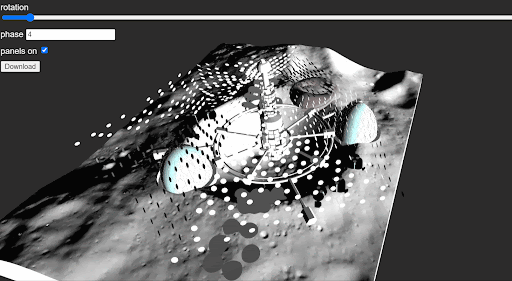
AXONOMETRIC VIEW
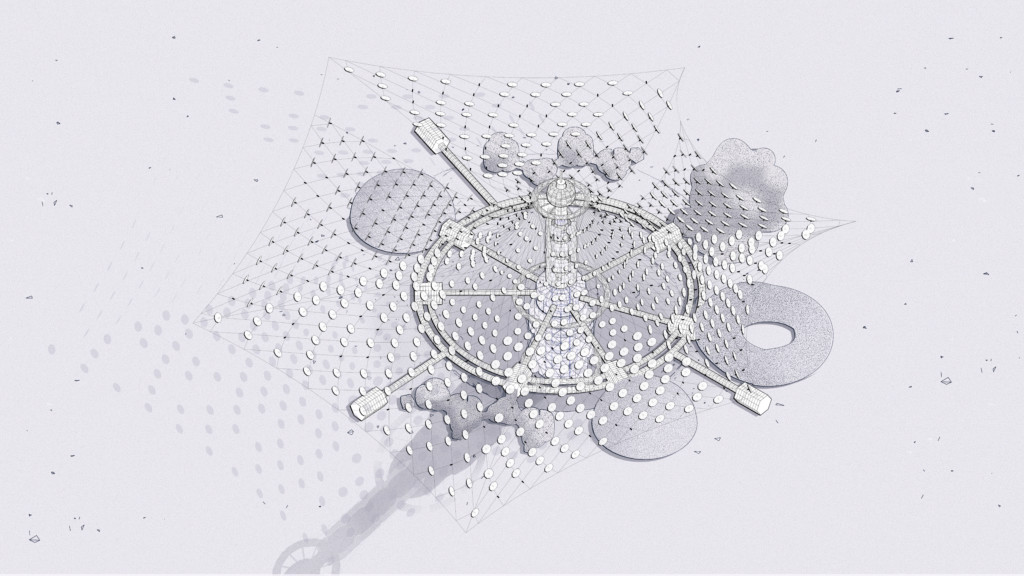
RENDER VIEW
Credits
Taurus (Torus) is a project of IAAC, Institute for Advanced Architecture of Catalonia developed in the Master of Advanced Computation in Architecture and Design 2021/22 by
Students: Mohammad Daniyal Tariq , Lucía Leva, and Takeaki Sakakibara
Faculty: Xavier De Kestelier, Joanna Maria Lesna, and Levent Ozruh

